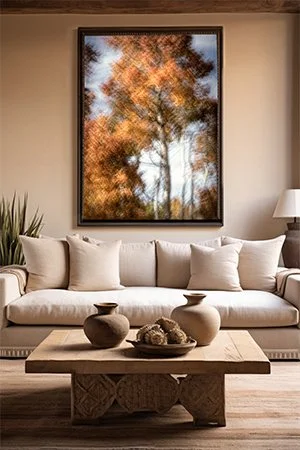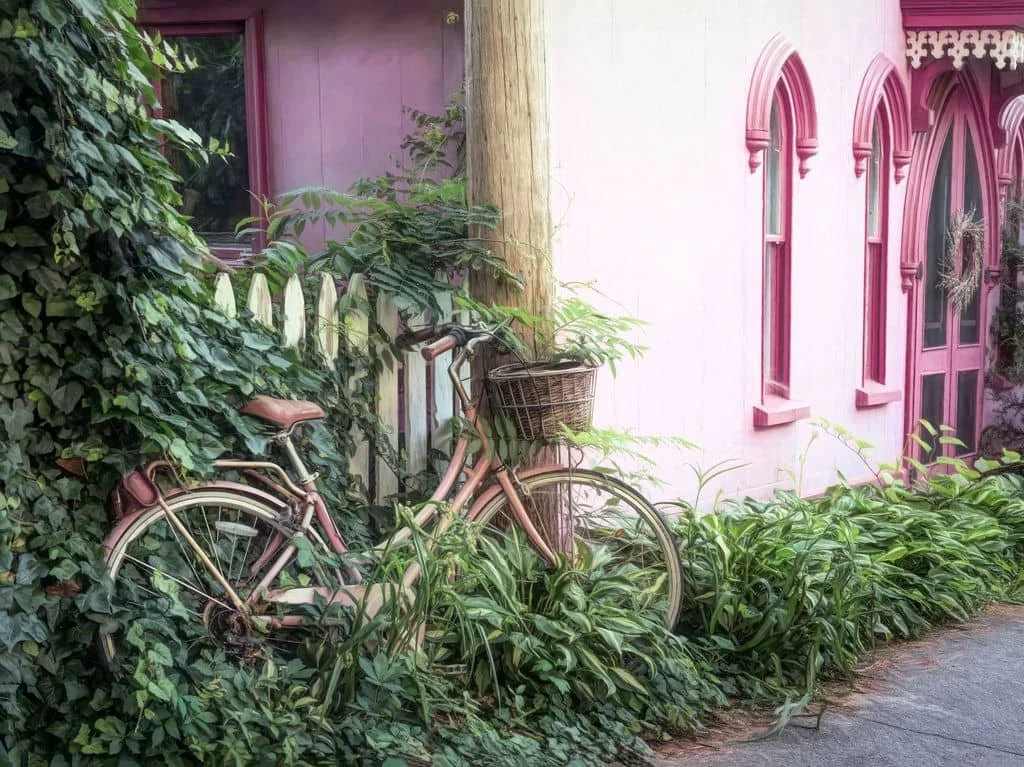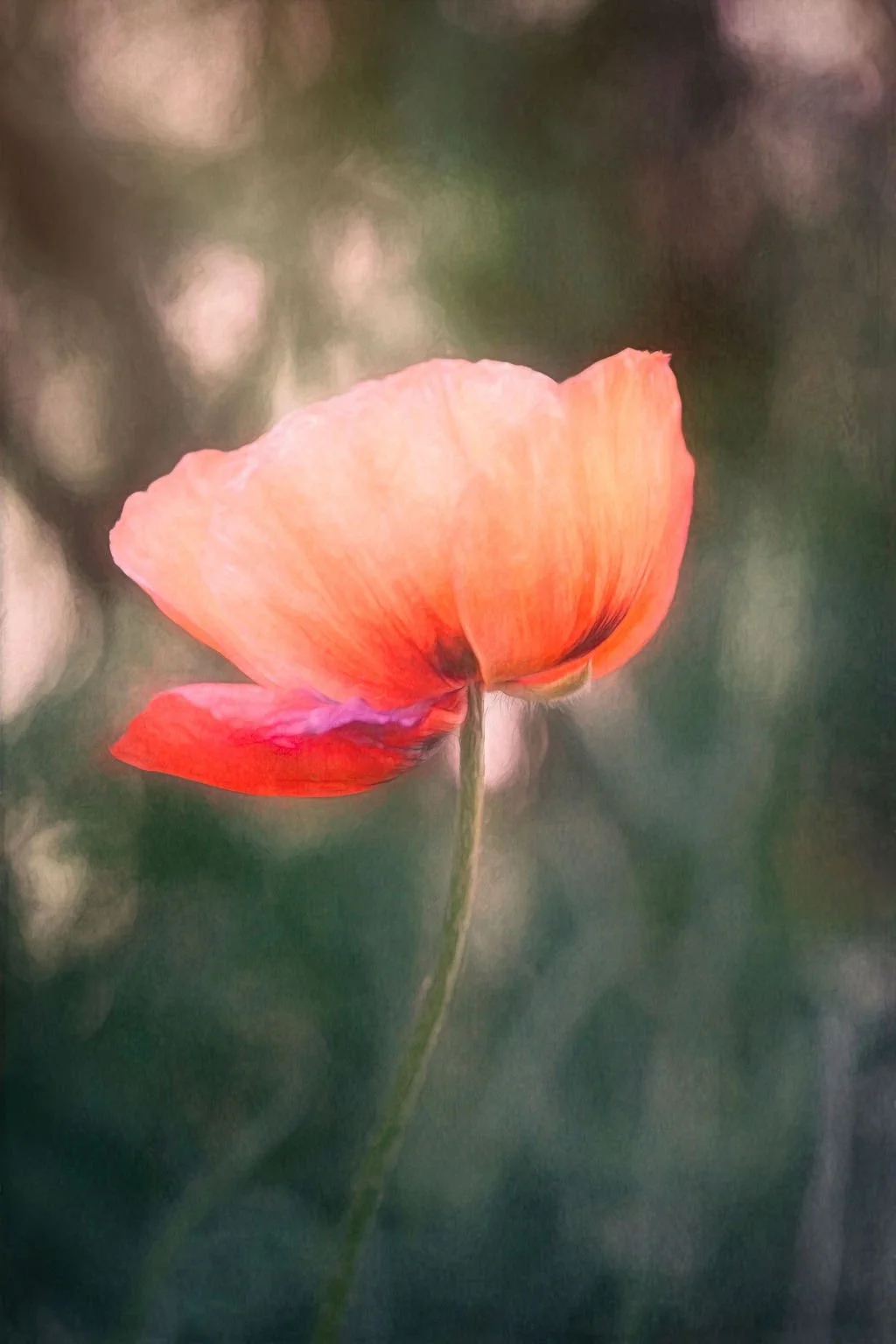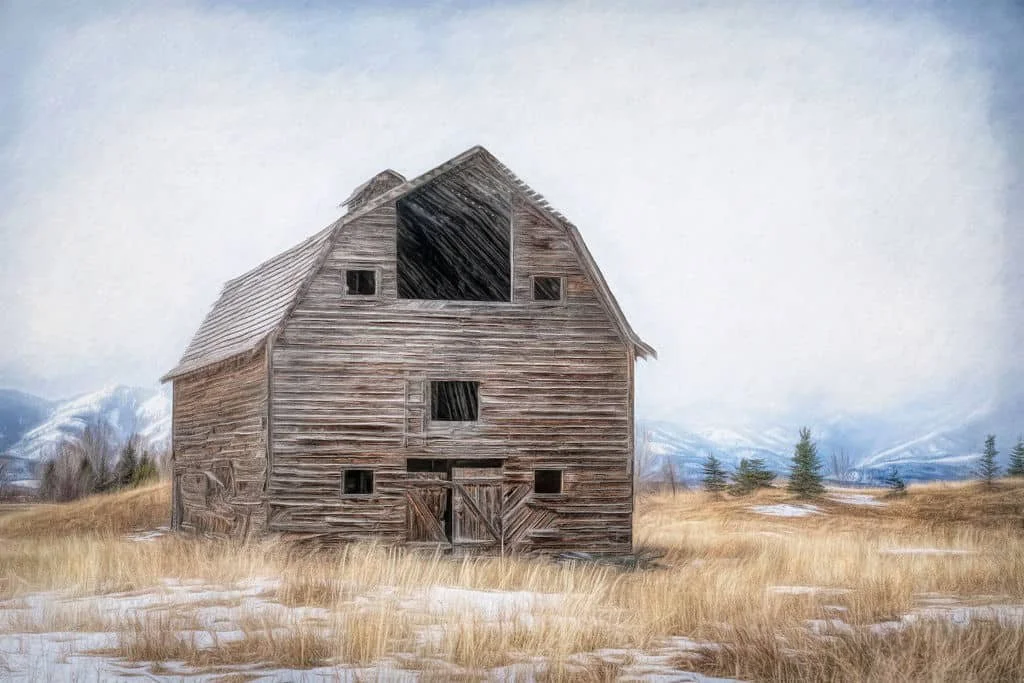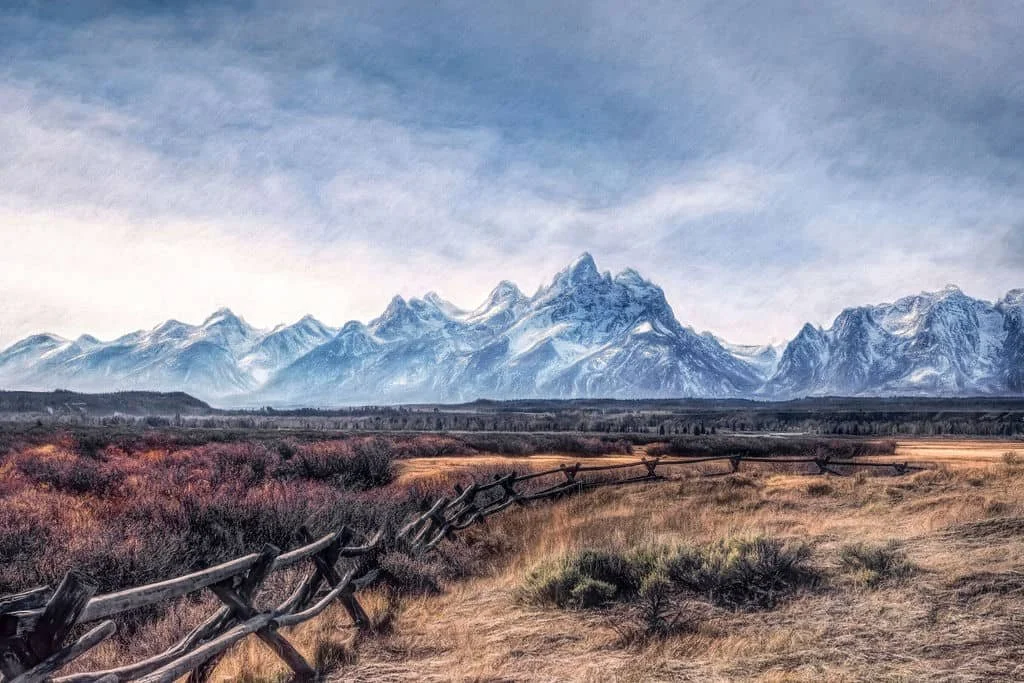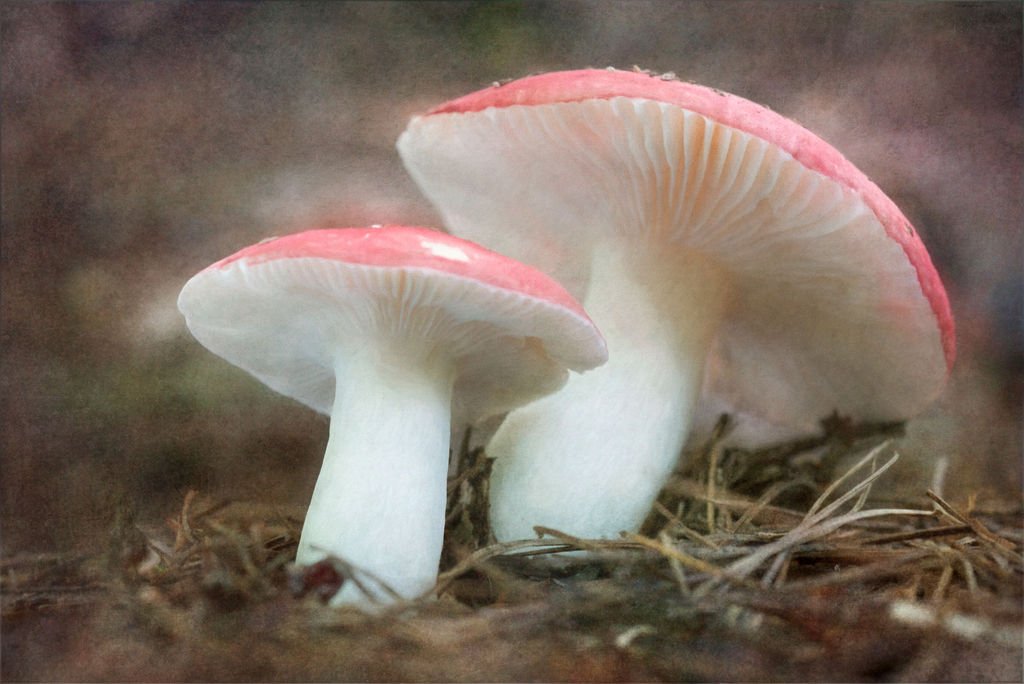Abstract Nature Photography: Seeing the Beauty Unseen
Have you ever looked at a forest, a wave, or a sunset and felt something you couldn’t quite put into words?
That feeling when emotion meets vision is the essence of abstract nature photography. It’s not about recording what’s in front of the lens, but expressing what it feels like to be there.
Through color, motion, light, and form, photographers turn nature into art, revealing patterns and emotions that often go unnoticed. Let’s explore how you can begin to see the unseen.
Winter’s Whisper: A Tranquil Abstract Landscape
Focus on Emotion Over Detail
In abstract nature photography, the goal isn’t a perfect representation, it’s interpretation. A blurred tree line, for example, can communicate calm or energy depending on the motion and light. Ask yourself: What emotion am I trying to share?
Use Intentional Camera Movement (ICM)
ICM adds energy and flow to your images. By moving your camera while taking the shot, you create painterly motion that turns an ordinary scene into an abstract landscape photo. Experiment with slow shutter speeds and gentle movement to express rhythm and softness.
Play With Light + Color
Soft light brings harmony. Harsh light adds drama. Color becomes your paint palette, warm tones evoke comfort, cool tones create calm. Try shooting during early morning or golden hour to let natural light work in your favor.
Golden Pathways of Autumn Memories
This painterly autumn scene captures a family strolling through a glowing grove of aspens, their figures softly blurred to emphasize movement, warmth, and connection. The golden leaves and gentle vertical motion evoke the feeling of cherished moments, fleeting yet timeless, surrounded by the peaceful embrace of nature. This image invites viewers to remember the beauty of shared journeys and the magic of fall’s golden light.
Simplify the Scene
Abstraction begins with subtraction. Remove distractions, look for repeating shapes, textures, or shadows. The less literal your composition, the more room you give viewers to feel instead of analyze.
Experiment With Perspective
Try photographing reflections, close-up textures, or unexpected angles. The goal: surprise yourself. A puddle, a single blade of grass, or the side of a tree trunk can become a world of shape and pattern when viewed differently.
Edit for Mood, Not Perfection
Editing is where you fine-tune emotion. Gentle contrast, painterly softening, or warm color grading can enhance the feeling you want to share. Remember—editing isn’t about correction, it’s about expression.
Autumn Serenity: Fine Art Photography for Elegant Living Spaces
This image showcases a warm, neutral-toned living room beautifully accented by a large piece of autumn-inspired fine art photography. The softly blurred trees and golden hues create a painterly effect, introducing a sense of tranquility and natural harmony into the space. The artwork serves as a stunning focal point that elevates the room’s décor, blending effortlessly with earthy textures and minimalist design to create a luxurious yet inviting atmosphere.
Key Takeaways
Bulleted list of key takeaways.
Abstract nature photography invites you to express emotion, not replicate reality.
Motion, light, and color are creative tools, treat them like brushstrokes.
Simplicity and perspective help turn familiar scenes into abstract landscape photos.
The goal is to evoke feeling, every edit and composition should serve that purpose.
FAQs
-
It’s a creative style focused on shapes, color, and texture in nature instead of literal representation. It encourages emotional expression through visual art.
-
Traditional landscapes document a scene clearly, while abstract landscapes interpret it through motion, blur, or unconventional composition.
-
Use slow shutter speeds (like 1/4s–1s) for motion effects and experiment with aperture and ISO based on lighting conditions.
-
No. Any camera that allows manual control can work. A tripod helps, but handheld movement often creates organic flow.
-
Yes! Many smartphones now allow slow shutter apps or manual controls, perfect for experimenting.
-
Shoot often, experiment freely, and edit intuitively. Over time, your visual “voice” will emerge from patterns in how you interpret light and emotion.
Summary
Abstract nature photography is a visual language of feeling. It challenges you to look beyond realism,to interpret the natural world through mood, motion, and imagination. Whether you’re capturing soft forest light or sweeping textures of grass in the wind, the goal is simple: see the unseen.
👉 Browse my fine art photography collections at PhotographyFineArt.shop and bring the outdoors inside one frame at a time.
About Lynne Marie Photography
Lynne Marie is a fine-art photographer with a deep love for nature and more than four decades of experience behind the camera. Her work captures the subtle poetry of the natural world, from the shimmer of hummingbird wings to the soft light of mountain mornings. Each image reflects her signature blend of artistry and emotion, transforming ordinary moments into timeless works of beauty. Her photography brings a sense of calm and inspiration to any home or workspace.
Lynne Marie is a seasoned fine-art photographer with more than 40 years behind the lens, capturing the quiet beauty of nature in all its forms, from delicate hummingbirds and wildflowers to sweeping mountain vistas.
Lynne’s painterly approach transforms familiar scenes into soulful works of art that stir emotion and invite reflection. Her photography brings warmth, depth, and tranquility to any space, making her prints a perfect choice for home and office decor. Each image feels like a window to a calmer, more inspired world.



